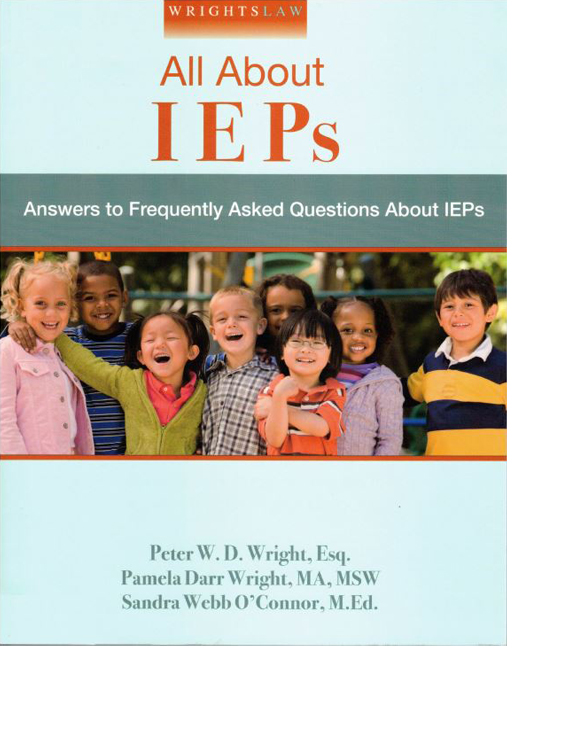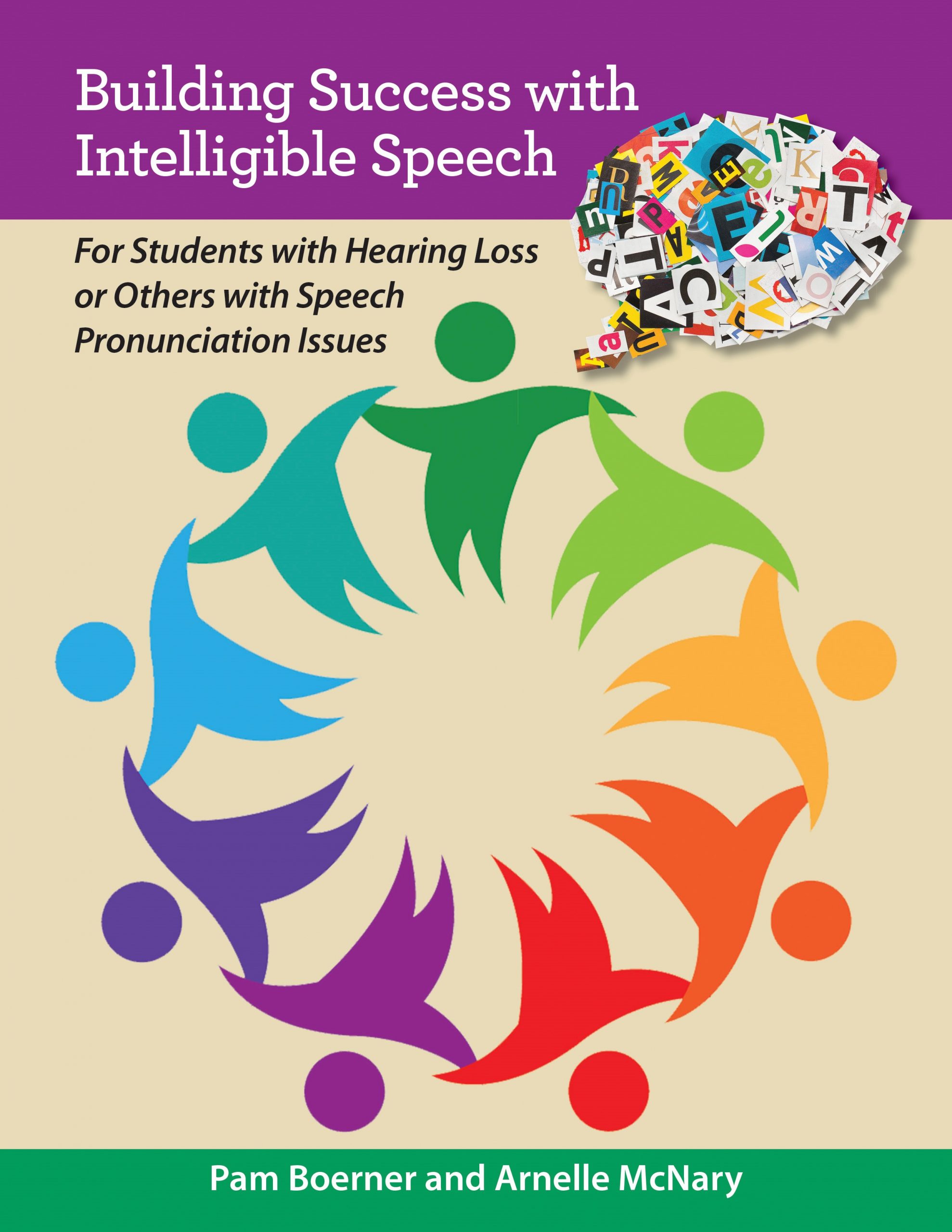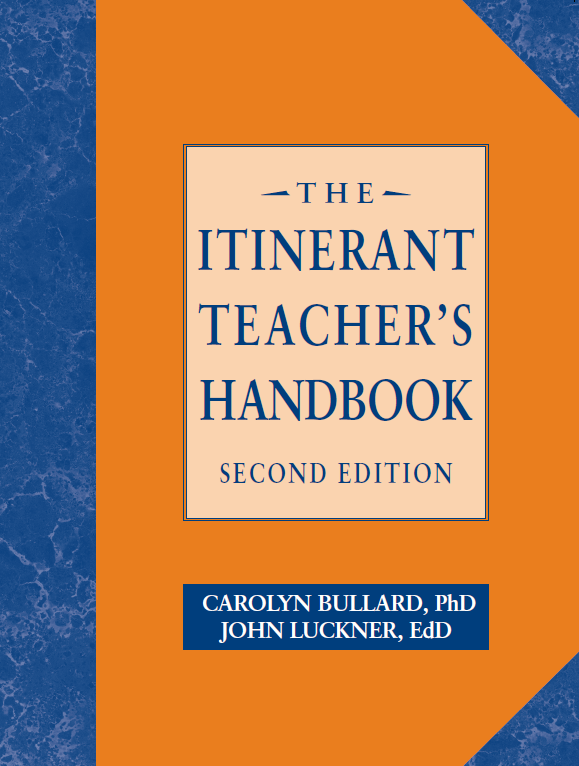Related Products
For Professionals
- Amplification
- Assessment of Student Skills, Challenges, Needs
- Early Childhood: Infants, Toddlers, Preschool
- Hearing Loss – Identification, Impact and Next Steps
- IDEA Law Summary Information
- Language and Speech Development Issues
- Legal Issues in Serving Children with Hearing Loss
- Listening (Auditory Skills) Development
- Planning to Meet Student Needs
- Self-Advocacy Skills for Students with Hearing Loss
- Self-Concept: How the Child with Hearing Loss Sees Himself
- Social Skills
- Speech Perception & Learning
Related Teacher Tools Takeout Items
Get Free Tools to Work with Children with Hearing Loss
The Ida Institute, a nonprofit working to advance person-centered hearing care, offers free pediatric tools and resources to support educators and hearing care professionals in understanding the perspectives of children with hearing loss and give the them stronger voices as they advocate for their own needs.
The World Healthcare Organization reports that while the most obvious effect of childhood hearing loss is on language development, it also impacts literacy, self-esteem, social skills, academic achievements, employment opportunities, emotional and psychological well-being, and can bring on feelings of isolation, loneliness and depression[1].
Growing Up with Hearing Loss
| Growing Up with Hearing Loss uses videos, questions, and suggestions to inform and inspire children and their parents and to prompt them to think about communication needs and skills development. |
To help manage the key transitions in a child’s life, the institute developed Growing Up with Hearing Loss. The resource offers easy-to-follow strategies for developing independence, good decision-making, and self-awareness during each developmental stage.
Lisa Kovacs, Director of Programs at Hands & Voices, an advocacy group for parents of children with hearing loss, has used Growing Up with Hearing Loss in an online module for teens. She said some of the benefits are that the resource “targets self-determination skills in different ages and stages of a child’s journey starting at age three until the time the child becomes a young adult. Strong self-determination leads to competent self-advocacy skills, which will support students as they transition into either the workforce or post-secondary education.”
My World Tool

| Use My World to recreate their day in a home, playground, or classroom setting by populating the spaces with friends, family, and the things they enjoy. Then, they can use the environments to help articulate their challenges, thoughts, and feelings about living with hearing loss. |
Ida’s popular My World tool resembles a game in both its digital and physical versions, making sessions more relaxed and enjoyable for kids. The free My World app is downloadable from iTunes and the Play Store. Research has shown that working with children in a play setting can ease anxiety and improve their sense of self, adaptive functioning, and family functioning.
Jacqueline Dahlen, a teacher consultant for the deaf and hard of hearing in Alberta, Canada, uses Ida’s My World app with her students. “I like the interactive nature of the app which allows the student to place or move objects in space to represent their listening environments,” she says. “The students enjoy selecting their avatar and I like the different listening environments to choose from. It sparks discussions with students from the visuals created.”
Telecare for Teens and Tweens

| Ida Telecare for Teens and Tweens tools encourage students to reflect on their needs and help them to take greater control of their hearing health and become better advocates for themselves. |
The Ida Institute has also developed a suite of telehealth tools which includes Ida Telecare for Teens and Tweens. A study2 on the Telecare for Teens and Tweens tools by the Ear Foundation showed the tools encourage young people (study participants were ages 11-17) to participate in their hearing care and that sharing their experiences promotes social participation and discussions of hopes and concerns in an empowering way. The study concludes, “This approach fosters self-determination, self-management, and self-advocacy thereby increasing the potential for positive long-term outcomes.”
The Ida Institute
“Our tools and resources help children and young people think about and express their needs,” says Ida’s Associate Director, Ena Nielsen. “This helps professionals learn what is most important to the child and their family so they can focus on what matters most.”
You can learn more about these and other Ida tools and resources on their website at idainstitute.com/tools
References
[1]. WHO, Childhood Hearing Loss: Strategies for prevention and care https://www.who.int/docs/default-source/imported2/childhood-hearing-loss–strategies-for-prevention-and-care.pdf?sfvrsn=cbbbb3cc_0
- [2] Ear Foundation study
https://hearingreview.com/hearing-products/implants-bone-conduction/cochlear-implants/ear-foundation-releases-study-ida-institutes-telecare-teens-tweens-online-tools



